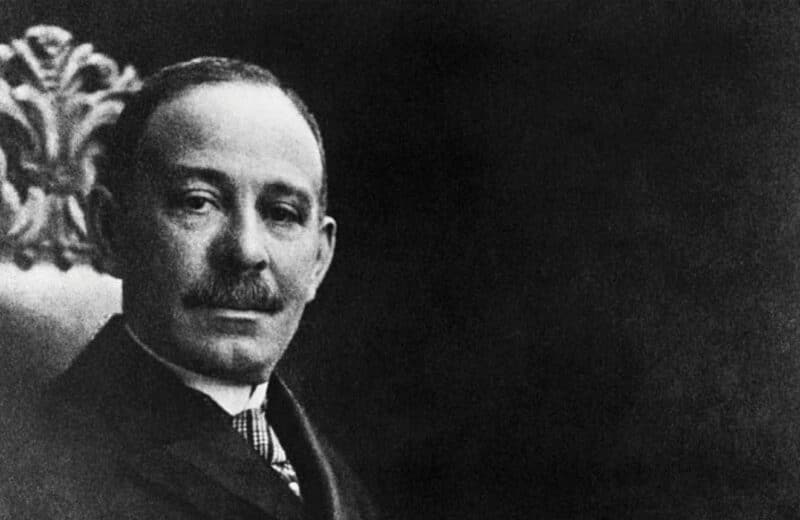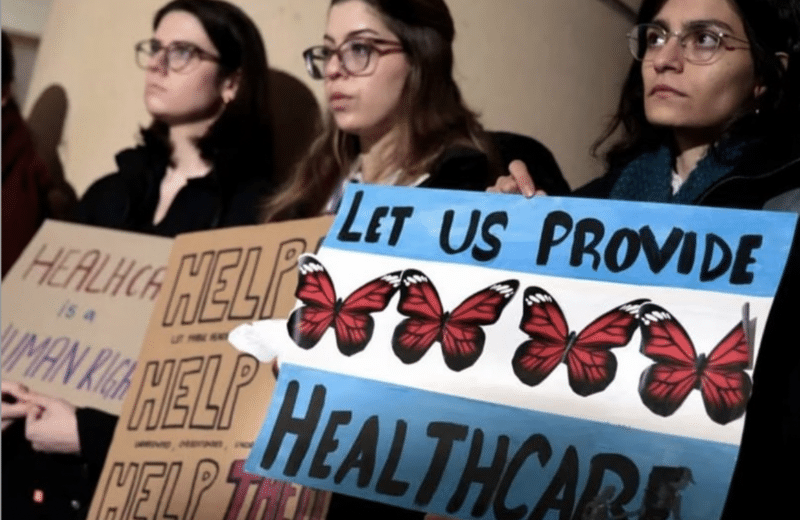Searching for new solutions to chronic suffering
Pain — ongoing, chronic pain that plagues us day after day — can seem almost unbearable at times. Whether it’s a nagging pain in the neck or a constant stabbing in the back that limits mobility, no one wants to be afflicted by it.
About 20 percent of adults experience chronic pain, according to the Centers for Disease Control and Prevention. For 8 percent of adults, the pain is so severe that it limits life or work activities on most days. Chronic pain takes its toll on some of the more vulnerable. It’s more prevalent among women, older adults, those living in poverty, rural residents and currently unemployed adults.
But how we deal with pain is changing, largely due to the opioid epidemic.
A pill for every ill — that was the old way of viewing pain management. Patients were counseled to take pain pills around the clock, to not let the pain breakthrough. As a result, too many have become addicted to opioid painkillers, too many have died of overdoses, and too many lives have been lost or ruined.
Now, doctors are telling us to get a little more comfortable with our pain. On a zero to 10 scale, we might never go down to a zero and they say that’s okay. There’s no magic pill that’s going to erase it all.
Because of the reduction in opioid use, more individuals are turning to alternative approaches like acupuncture, electrical stimulation, nerve blocks and mind-body relaxation techniques. And more are finding relief in medical cannabis, which has been approved in Illinois as a replacement for prescription opioid painkillers.
In this issue of Chicago Health, we look at the state of pain, along with new approaches to manage pain. With stories on controlling chronic pain, alternative and holistic therapies, medical marijuana for pain relief and the mental health aspects of pain, we hope to shed more light on the pain crisis and to provide hope for realistic relief.













